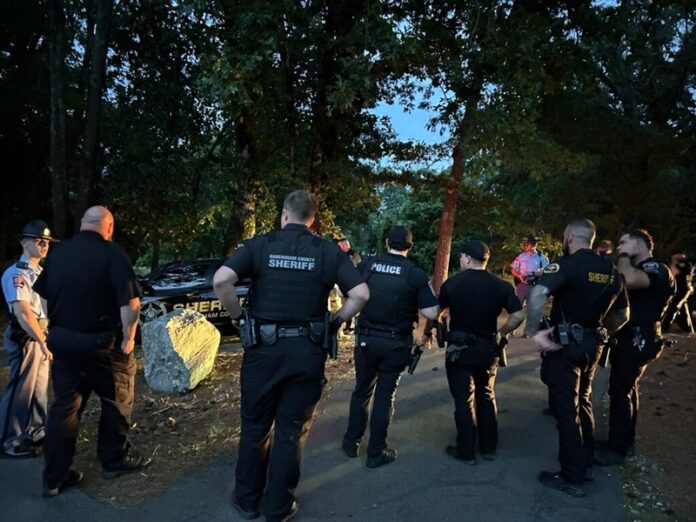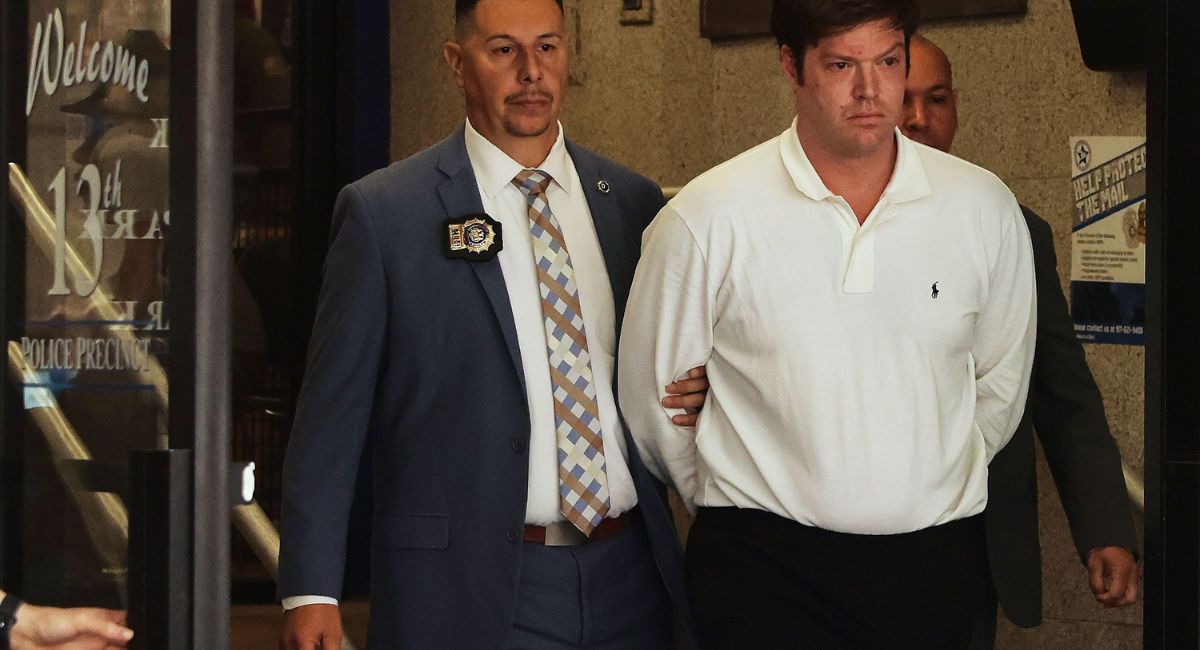Wednesday is the deadline set by the Trump administration for New York Gov. Kathy Hochul to cancel the program or lose some federal funding.
It comes as data shows traffic has increased in the congestion zone.
What the data says about congestion pricing
The latest stats from the MTA show there were about 410,000 vehicles entering the congestion zone on the first day of its launch, but on Saturday, May 10, that number jumped to more than 524,000.
It was a slow go on 10th Avenue on Tuesday near the Lincoln Tunnel. Uber driver Victor Pinales says in the last week it has been taking him 30 minutes just to earn a few bucks.
“You pay a lot of money for congestion fee and the traffic not change. It’s a mess,” Pinales said.
Still, the MTA says the average vehicle entries in April were still 12% less than before congestion pricing.
Despite that, U.S. Transportation Secretary Sean Duffy wants the program canned by Wednesday, writing to Gov. Hochul last month the $9 toll is “… a breach of promise made to the hardworking American taxpayers whose gas taxes have funded the existing federal-aid highway system in this area.”
Non-compliance, he wrote, could lead to no approvals for projects in Manhattan, unless they are essential for safety.
Former city DOT Commissioner Sam Schwartz said that includes, “Jobs like Second Avenue Subway or other transit jobs, and there was even in the secretary’s letter a threat to highway funds that includes the BQE in Brooklyn, the Cross Bronx Expressway.”
At a congressional hearing last week, Sen. Kirsten Gillibrand asked Duffy if he is committed to moving forward on the next phase of the Second Avenue Subway and Hudson Tunnel Gateway projects.
“If you’re asking me if I plan on canceling those grant agreements, I do not,” he said.
A spokesman for the U.S. DOT told CBS News New York, in part, “Following Wednesday’s deadline and consideration of the governor’s response, it may implement compliance actions as soon as May 28.”
Hochul said, “Congestion pricing is lawful — and it’s effective. Traffic is down, business is up, and the cameras are staying on.”
“There’s really not much leverage the secretary has over New York here,” said Danny Pearlstein, policy director for the Riders Alliance. “At the end of the day, they’re swinging wildly, trying to make us worry about one infrastructure project or try to pit one thing against another like its The Hunger Games, but the fact is congestion pricing is here to stay.”
The impact on businesses in the congestion zone
At Carnegie Diner and Café on Eighth Avenue near 50th Street, the owner said congestion pricing has lead to an 11% drop in customers.
“We work with less people, so we’re losing a little bit of labor hours and labor force,” Stathis Antonakopoulos said. “Usually after Easter holidays it should start and we haven’t seen it decrease.”
But some say congestion pricing has improved business in their area. Barrett Gross is the president and CEO of Zafferano America on Varick Street, outside the Lincoln Tunnel, inside the Hudson Square Business Improvement District.
“There’s been a reduction in the days of intense congestion,” Gross said. “It is easier to travel around the city. The new normal isn’t as congested as the normal used to be, for sure.”
“We’re definitely seeing that change is wonderful for everyone’s sort of sanity, not hearing honking all the time,” added Samara Karasyk, president and CEO of the Hudson Square Business Improvement District. “Pedestrian foot traffic is up 11% year over year.
Also, we have a 17% increase in average weekday subway ridership.”

 by
by 

